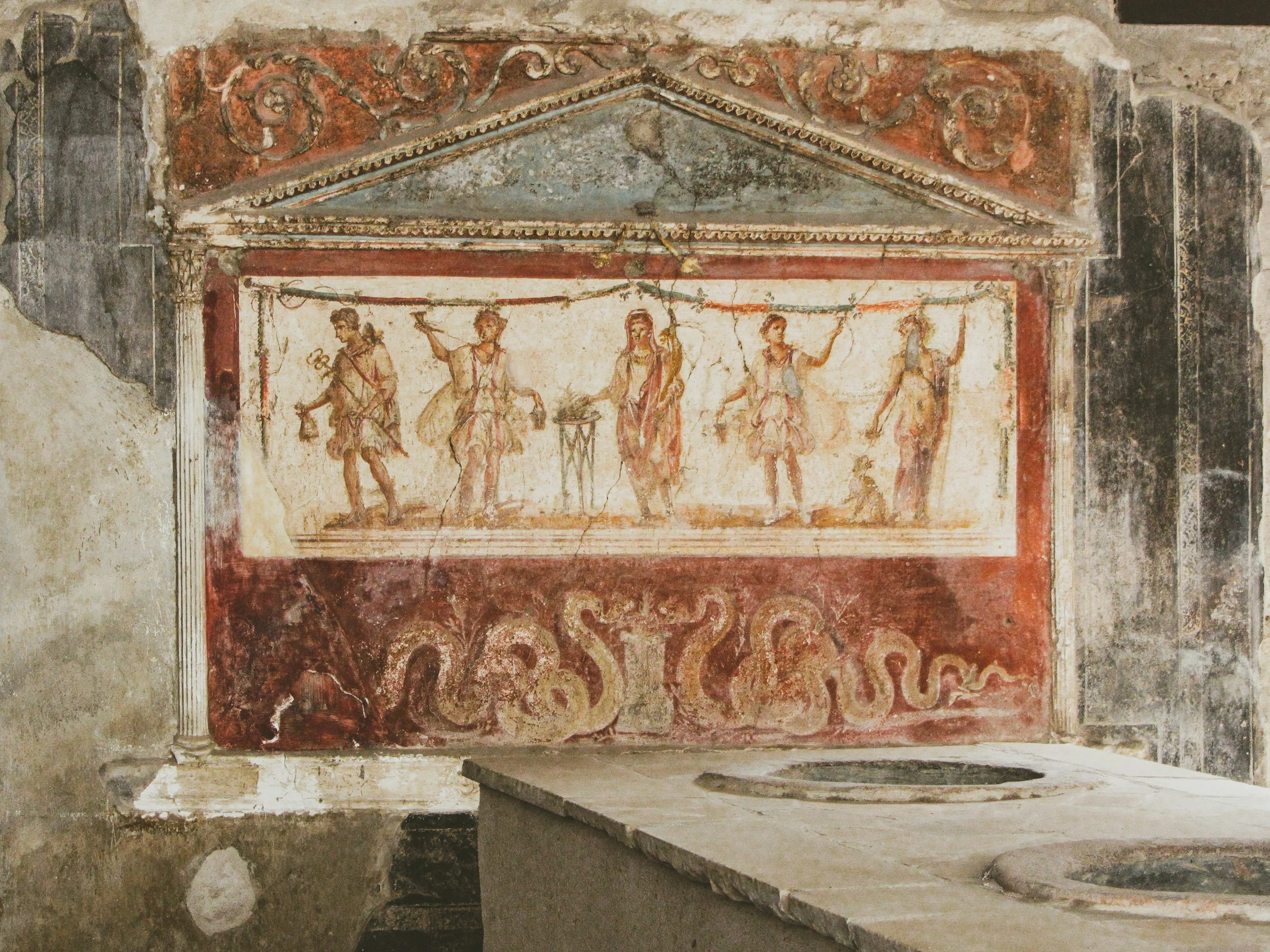Field Notes
Research-inspired travel notes from a doctoral-bound archaeologist. Expect context-first guides to ancient sites, mindful pacing + wellness tips, ethical heritage basics, and practical itineraries you can actually use. No fluff—just clear, field-tested advice.
Jordan 2026: An Archaeology-Forward Guide with Petra
Jordan is a living archive—Roman colonnades, Nabataean tombs, and star-studded desert skies. This archaeology-forward guide maps a 7–10 day 2026 route: Petra via the back-door Monastery hike, Jerash, Wadi Rum, the Desert Castles, and an optional Dead Sea finale—plus practical tips on the Jordan Pass, Petra by Night, and respectful site etiquette.
Göbekli Tepe 101: See the Stone Stories, Travel with Respect
A simple guide to Göbekli Tepe and the wider Taş Tepeler sites—what they are, why they matter, and how to visit respectfully.
UNESCO 101 for Travelers: What It Is (and What It Isn’t)
World Heritage status isn’t a force field. Learn what UNESCO really means, how sites get listed, and how travelers can protect the places we love.
Phone-First Photogrammetry: Build a 3D Site Model with Your Smartphone
Turn overlapping phone photos into a shareable, measurable 3D model. This guide covers capture paths, free software (Meshroom/COLMAP), how to set real-world scale, and what to look for on the finished mesh—so evidence jumps off the screen.
Toponymy as Evidence: How Place-Names Preserve Lost Landscapes
Place-names are more than labels—they’re memory. This guide shows how to read toponymy as evidence, from “—chester” and tell/tel to multilingual alternates in GNIS, GeoNames, and OpenStreetMap, and how to fold those clues into your map regression workflow.
Map Regression 101: How to Find “Lost” Places Using Historic Maps
Cities rarely disappear—they’re renamed, rerouted, or paved over. This hands-on guide shows how to use historic maps and Google Earth to trace vanished streets, read “lostness” clues, and document your findings..
From Census Maps to Google Maps: A Quick History of GIS
Behind every pin on your phone is a half-century of map hacks and bold ideas. Learn how early different experiments became today’s go-to tools for archaeology, planning, and everyday navigation.
The Looting of Spiro Mounds—When Lostness Is Manufactured
Nestled along the Arkansas River in eastern Oklahoma, the Spiro Mounds once stood as a thriving heart of Mississippian culture—until human greed turned it into a manufactured ruin.
Five Ways Cities Become “Lost” (+ Real Examples)
Cities become “lost” through five patterns: catastrophic burial, environmental shift, economic rerouting, political violence and relocation, and deliberate erasure. Here’s how each works—and how to spot the evidence on site.
The Lostness Framework: Rethinking How the Past Becomes “Lost”
What does it mean to call a place “lost”? The Lostness Framework is my way of tracing how disappearance happens, which traces remain, and how modern memory remakes the past.










